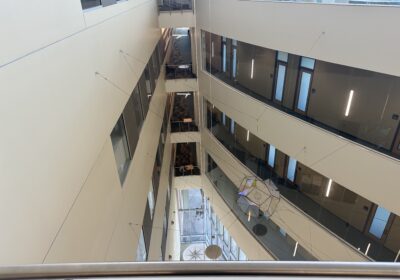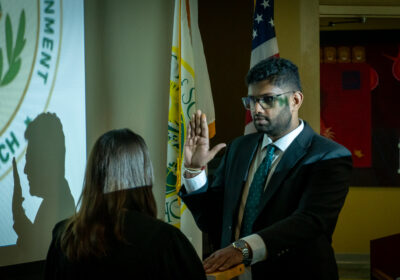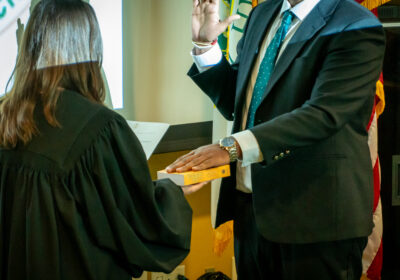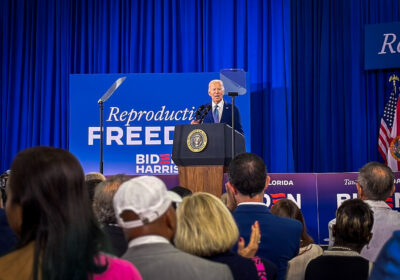Solar power coming to USF
In attempts to replace dwindling fossil fuels with the Sunshine State’s namesake resource, USF professor D. Yogi Goswami and his team are building a solar plant on the Tampa campus.
According to the National Renewable Energy Laboratory website, fossil fuels, which provide 85 percent of the energy used in the U.S., are non-renewable resources, meaning at some point they will be too rare, expensive or damaging to retrieve.
More scientists and engineers have been researching new ways to find and harness renewable resources such as wind, geothermal and solar power to create clean and efficient power.
Goswami, a professor and co-director of the Clean Energy Research Center, is among those scientists and has devoted his professional career to studying solar power. Throughout his 35 years of teaching – five of them at USF – he has focused on different areas of solar power, such as thermal conversion, which can be used in the new solar thermal power plant.
“When I looked into our energy needs, especially in the future and looking at limited energy resources, I came to the conclusion solar energy would have to play a very important role on our energy needs,” Goswami said. “From that point on, my research has become focused on solar energy.”
Goswami and his team’s goal is to create power 24 hours a day, even when the sun is not available. The plant will use parabolic trough collectors (PTCs), which are curved mirrors that follow the sun from east to west and collect the heat to produce power at a later time.
Goswami and his team expect to encapsulate the energy in phase change materials (PCMs), which will help the plant run 24 hours a day. The PCMs store energy when heated and release it when cooled, without the outside shell melting, to produce power.
Goswami said they received a $3.9 million grant from the U.S. Department of Energy for the storage system.
Jamie Trahan, a graduate student majoring in mechanical engineering who is working with Goswami on the project, said most solar power plants use sensible heat material because it is not as expensive up front, but using PCMs will eventually allow the solar plant to be operational more than just the couple of hours during the day when the sun is shining.
“Thermal energy is important because it creates an avenue of resources during the night, and the beauty of this research (is that it) will help reduce the cost of the renewable energy,” Trahan said.
Construction on the 100-kilowatt plant should start in the next three months near the Interdisciplinary Research Building (IDRB). Goswami said he hopes that it will be finished in the summer, the sunniest time of the year.
Goswami explained that the plant is a good size, considering the limited space and funds, to demonstrate the innovations developed at the center.
The construction of the solar plant was funded by a grant from the Florida Energy Systems Consortium.
According to enVision Magazine, produced by the College of Engineering, the amount of power produced from the plant will be “enough to power about 10-20 homes.”
Goswami said the plant is not only eco-friendly, but also has many positive effects for the USF community. The power generated from the plant will be used in the IDRB, along with conventional power. The plant will also create a facility for students to conduct research and learn the process of converting solar energy into power in a more hands-on approach.
“The solar power plant will provide a modest amount of energy that can be utilized to power some of the buildings in the research park,” said John Wiencek, dean of the College of Engineering. “The real benefit will come from allowing teaching and research opportunities for USF students as well as providing a platform to showcase the excellent research going on in the Florida Energy Systems Consortium. I believe one of the original uses will be to link the power production to a solar house design that is in collaboration with many schools as part of the Solar Decathlon contest.”
The Solar Decathlon is a contest sponsored by the U.S. Department of Energy to build the best solar-powered house.
With non-renewable resources in decline, researchers like Goswami and his team are looking for alternative methods to create clean power at a more cost-friendly level for the user.
“This plant will be able to run all the time, not just a couple of hours a day, which reduces the cost of energy making and energy storage in such an important field right now,” Trahan said.






